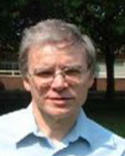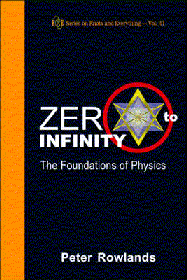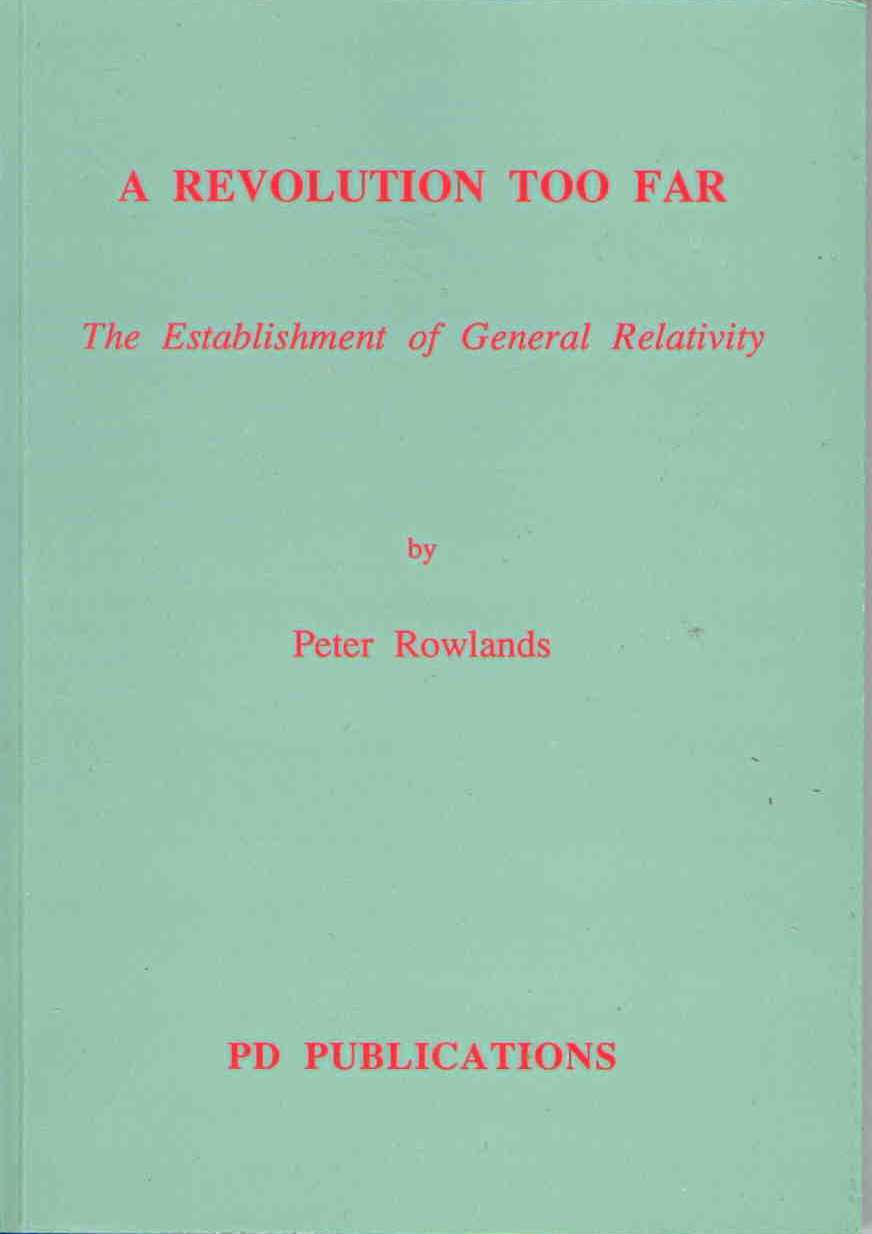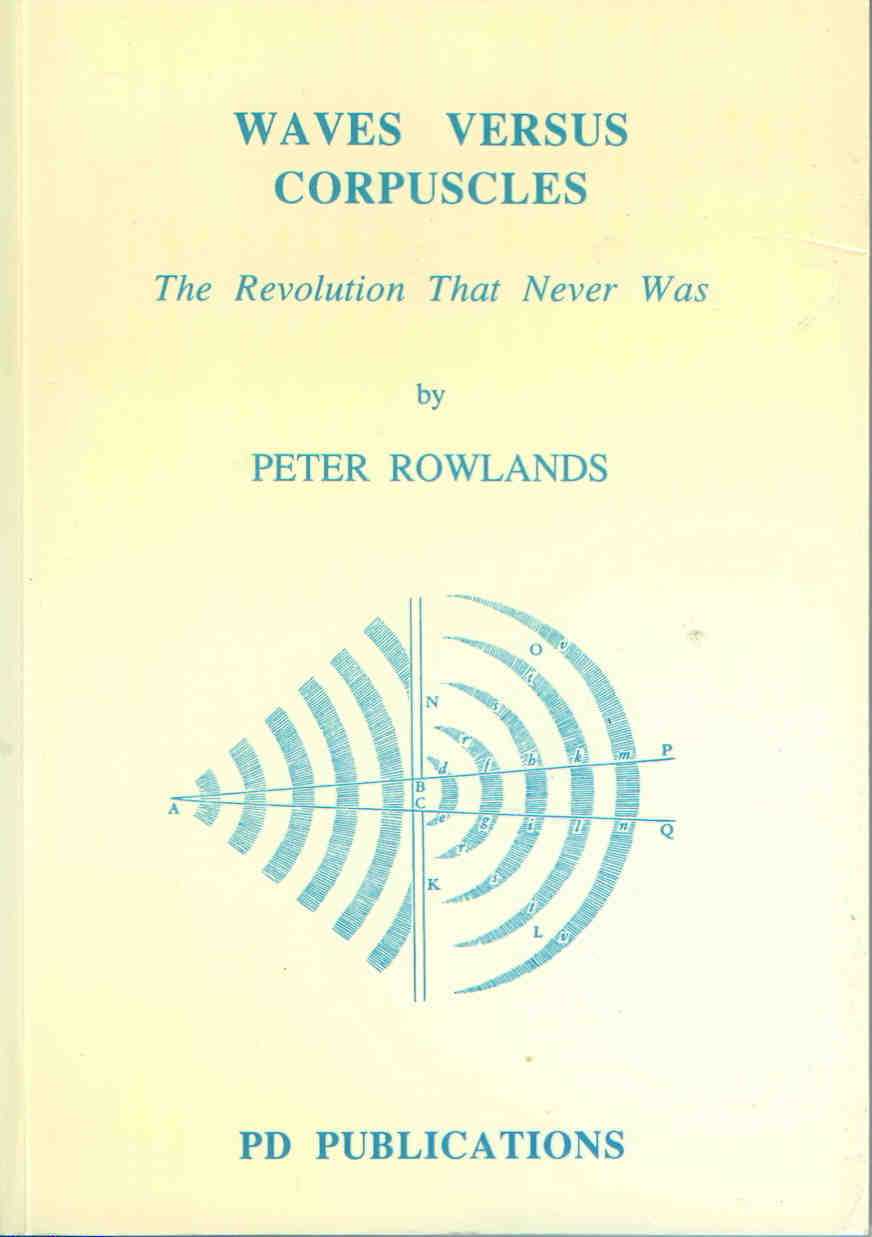Pages: 740
Publisher: World Scientific Publishing Company
Year: 2007
ISBN: 9812709142
ISBN: 978-9812709141
Read some of its content now
Unique in its field, this book uses a methodology that is entirely new, creating the simplest and most abstract foundations for physics to date. The author proposes a fundamental description of process in a universal computational rewrite system, leading to an irreducible form of relativistic quantum mechanics from a single operator. This is not only simpler, and more fundamental, but also seemingly more powerful than any other quantum mechanics formalism available. The methodology finds immediate applications in particle physics, theoretical physics and theoretical computing. In addition, taking the rewrite structure more generally as a description of process, the book shows how it can be applied to large-scale structures beyond the realm of fundamental physics.
Contents:
- Zero
- Why Does Physics Work?
- The Emergence of Physics
- Groups and Representations
- Breaking the Dirac Code
- The Dirac Nilpotent
- Nonrelativistic Quantum Mechanics and the Classical Transition
- The Classical and Special Relativistic Approximations
- The Resolution of Paradoxes
- Electric, Strong and Weak Interactions
- QED and Its Analogues
- Vacuum
- Fermion and Boson Structures
- A Representation of Strong and Weak Interactions
- Grand Unification and Particle Masses
- The Factor 2 and Duality
- Gravity and Inertia
- Dimensionality, Strings and Quantum Gravity
- Nature's Code
- Nature?s Rule
- Infinity
Pages: 268
Publisher: PD Publications
Year: 1994
ISBN: 1873694032
ISBN: 978-1873694039
Given that newspapers write the first draft of history, the person who manipulates newspaper coverage is the very first revisionist to mangle history. This book begins with the 6 November 1919 joint meeting of the British Royal and Royal Astronomical Societies, which served in part as a press conference for the release of the news about Einstein?s general theory of relativity and Eddington?s solar-eclipse expedition to obtain confirmatory data. Was it a stupendous manipulation? Maybe so. The situation at the time was that GRT had achieved a single prior victory, in predicting the ?anomalous? non-Newtonian part of the perihelion advance of Mercury. This is something, but perhaps perilously little, since the GRT calculation of the anomaly involves only a fixed Sun and test-particle Mercury, and so does not handle the much larger Newtonian part of the perihelion-advance problem, which requires free sun and other planets. To this day, few people are aware that, in the case of perihelion advance, full solution means combined solution.
So the light bending was a much needed success. Do you recall from somewhere in your upbringing that the essence of that success was a factor of two? That GRT correctly gave twice the incorrect classical result? But exactly what was that classical calculation? The truth is, there wasn?t one, at least not prior to the general theory and the eclipse expedition and the ?results? comparison. So proclaiming ?the? classical calculation wrong was perhaps an unfair characterization. While it may be easy to come up with a ?classical? calculation that is wrong in the amount described, it is also easy to come up with one that yields the right result (see, for example, H. Hayden, ?Light Speed as a Function of Gravitational Potential?, Galilean Electrodynamics 1, 15-17 (1990)). Or, one can go at it with SRT alone, as do several authors whose arguments are quoted by Rowlands.
The fact is that to this day there are only a handful of tests for GRT: the perihelion advance, and the optical effects of bending, slowing and red shift. And none of the tests is decisive, since other less complicated theories pass the same tests. It is a mystery that we would love the theory whose ratio of mathematical complications to verifiable predictions is maximum. Well, given the political environment, maybe it is not entirely a mystery. The twentieth century has been a century of revolutions. Maybe for that reason, ?revolution? has been an appealing metaphor even in science. GRT was appreciated as a revolution. But now at the threshold of the twenty first century, the feeling in the air is not about revolution and domination; it is about evolution and multi-culturalism. We shall see where that takes us.
One place it may take us is to a re-integration of the aether concept into physics. Rowlands points out an essential irony: Einstein?s SRT and GRT are incompatible. SRT has been understood as conferring license for an intellectual purge: aether ideas were to be driven from physics. But GRT, in reformulating gravity as not a force between point particles, but rather a ?curvature? of space time, is the quintessential aether theory. We just don?t say so publicly at present.
Maybe the time for purges really is over. Maybe at last we can openly say that reality is not just the point centroids of particles we observe, nor is it just the space between the points; it is both together. Like wave-particle duality, we need aether-point duality, and whatever new synthesis they may imply. It won?t be quantum gravity. - Cynthia K. Whitney, Galilean Electrodynamics, V10, N4, p. 62 (Jul/Aug 1999).
Pages: 406
Publisher: PD Publications
Year: 1992
ISBN: 1873694016
ISBN: 978-1873694015
Websites: www.theresonanceproject.org/uni-phi/drupal/node/6
Peter Rowlands is both scientist and historian, and in both domains he challenges inherited assumptions and prejudices. He says the ?wave-particle duality? arises from a vision of science that is rather too rich in political metaphors. Examples: 1) Newton?s British vision of physical reality was entirely based on particles, and thereby ?opposite? to the Cartesian, continuum visions popular on the European continent. 2) Newton?s particulate concept of light was wrong, and after decisive experiments was overthrown by a wave model tracing to Christian Huygens. Maxwell and Hertz completed and solidified a total ?revolution?. 3) The wentieth century gave us the light quantum, or photon, something entirely new and different from Newton?s old ?corpuscle?.
But reality is far more complex. Examples: 1) Newton described mechanics in terms of point particles and action-at-a-distance force laws, but he didn?t preclude an intervening aether medium; indeed he talked about it in his treatise on ?Opticks?. Newton?s light corpuscle was not just a point, since it carried some sort of periodicity and polarization. If ?dualism? is an identifiable philosophy, Newton was its first proponent. 2) Huygens? wave concept was not much like the later electromagnetic wave concept, since he knew nothing of the transverse character of light, or its polarization. Furthermore, his concept was not embraced and exploited in his own time, so it didn?t influence subsequent development. It was just recalled later, ex post facto. 3) The QM photon is not that much different from Newton?s corpuscle. What was wrong with the corpuscular theory was Newton?s inference concerning the velocity of light in a material medium: he said ?bigger?, whereas reality says ?smaller?. But had his statement been phrased in terms of momentum rather than velocity, it would have been quite right.
So, history is revisionist and mythic. So what? What are we missing here? Well, perhaps a great deal. The problem is that in passively accepting a myth about the history of science, we inadvertently encumber the present and future development of science. Our myth-based vision of science today disregards the greater half of what Newton gave us. The myth is largely mathematico-deductive: it has to do with manipulating equations and calculating numbers; it is what enables us to predict things. But the greater part of Newton?s gift is inductive and qualitative. It has to do with inferring the principles and formulating the equations. This is what enables us to discover things. Discovery is not about the conflict between paradigms, it is about the creation of paradigms. The political metaphors are not applicable, and do not help us perform that function.
Having not fully appreciated the ?creative? aspect of Newton?s science, we have little nurtured it and rarely seen it. To his credit, Einstein gave us a rare modern illustration. Like Newton before him, Einstein: eschewed specific physical models and focused on on universal underlying principles, which he expressed in terms of abstract mathematics. Why then do we have here a whole journal largely committed to critiquing Einstein? I think it is because what happened after Newton has not yet happened after Einstein. Newton was soon followed by Hamilton and by Lagrange, each of whom offered equally valid but different articulations of underlying principles to explain mechanics. No similar phenomenon has followed Einstein: no one has put his postulate set into proper perspective as one out of several possible ones. - Cynthia K. Whitney, Galilean Electrodynamics, V10, N3, p. 42 (May/Jun 1999).




